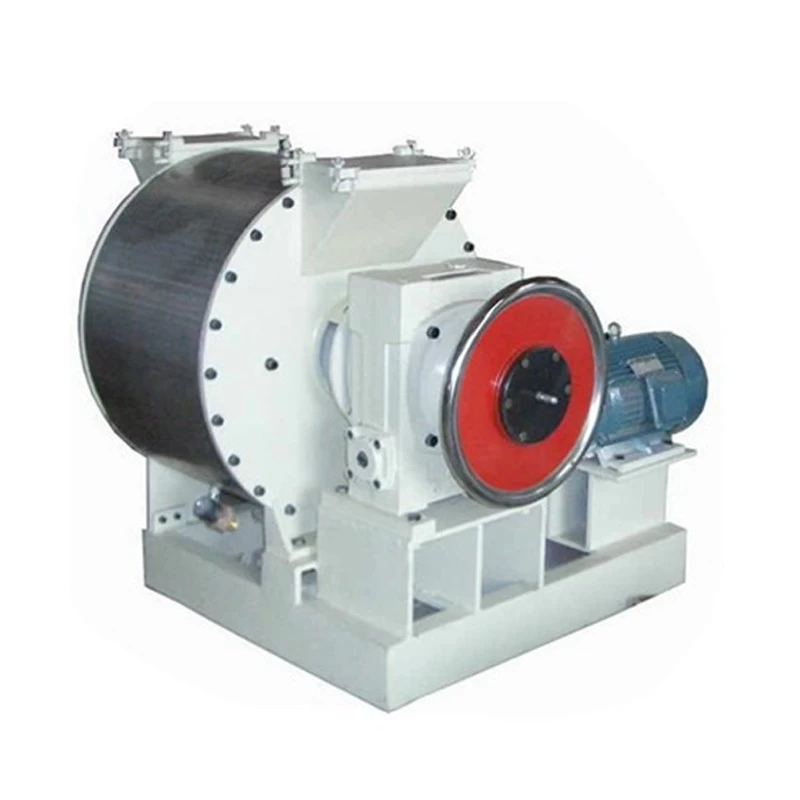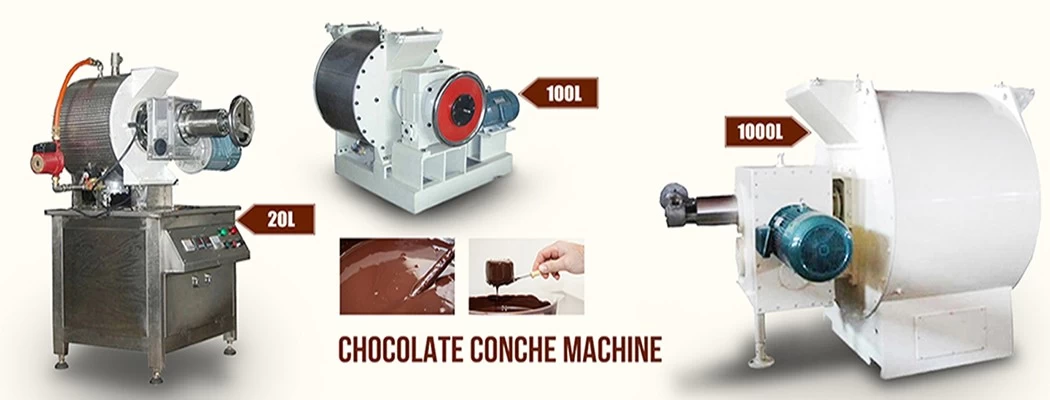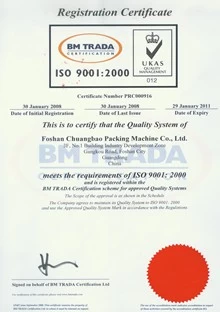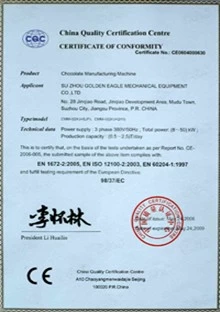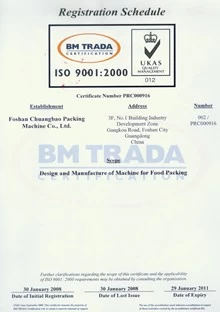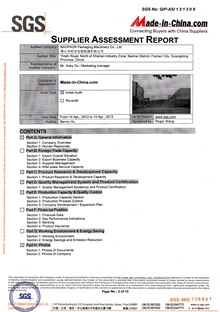How to Start a Candy or Chocolate Making Business in 7 Steps
You may be surprised to know that one of your favorite hobbies – eating candy and chocolate, of course – can turn into a huge money making venture.
In fact, according to the National Association for the Specialty Food Trade, specialty foods account for $50.3 billion in sales through retail stores and $12.7 billion in sales through restaurants. And a lot of that is candy.
The average American eats almost 24 pounds of candy each year and spends $84 annually to feed their habit. The market for specialty candy is big and growing. So what does it mean to you? Perhaps you can start a booming candy business for a rather small investment.
The competition is fierce, however, and if you’re going to jump into this rapidly growing industry, you need a plan. Follow along as we look at seven steps to turn your hobby into a lucrative business.
7 Steps to Starting a Candy Business
1. Know What’s Out There
If you’re interested in starting a candy making business, you’ll probably start by selling to your local market. You might be surprised at how many competitors you already have. So before you get too heavily invested, research who is selling specialty candy in your area, and exactly what they’re offering. Look online and talk to local specialty food stores to determine what they stock and what’s moving off their shelves. Visit local candy stores and do your own reconnaissance – it always pays to know what your competitors are up to!
After you’ve summed up the competition, think about what type of candy you want to manufacture and sell. If the market is inundated with chocolate, but has little or no competition for hard candies or caramels, that might be your perfect place. On the other hand, if you’ve got a chocolate recipe that’s truly unique and can carve out its own niche, you may be able to take over a piece of that market.
2. Decide on Your Story
Many successful specialty food items have stories behind them, and stories make people feel good about buying products. It’s also what makes them stand out from their competition. For instance, imagine you are faced with two chocolate bars – one in an ordinary wrapper with an ordinary name, and the other in an eye-catching wrapper with a story of exotic (and delicious) cocoa beans saved from the verge of extinction. Which one would you buy? I don’t know about you, but I like the idea of saving a struggling cocoa bean almost as much as I like eating one!
But the story doesn’t necessarily have to be exotic. Maybe your child helped create the recipe, or you’ve resurrected a formula used by your family for generations. Whatever it is, it’s important that you make the consumer see more than just candy – it has to speak to their heart. After you’ve perfected your story, create a memorable name that represents your candy, and your story as well.
3. Make It Legal
As with any business, you’re required to get a business license and a seller’s license to make it legal. You’ll likely have to become a certified food safety professional, which means taking a class that instructs you how to safely prepare and store food. Your facility will also have to pass health inspections on a regular basis – just as a restaurant would.
4. Decide on Your Space

Since you’ll be selling edibles, your local health department will have a lot to say on where and how you can run your business. If you plan to make candy out of your kitchen, you may face serious restrictions, such as not being able to cook other food there or have pets in your home.
If you live in a state that has such restrictions, you might want to rent a commercial kitchen. Fortunately, you can find sites online with listings in your area. Some candy makers rent kitchens in restaurants during their off-hours or on the days when they’re closed. Others lease space and set up their own commercial kitchen. Be sure to contact your local health department to find out what’s required.
5. Think About Funding
The great thing about the candy business is that you can start out very small, and then expand as your business grows. This will allow you to keep costs to a minimum in the beginning. Estimates for start-up costs range from $2,000 to $50,000 – which is a huge range. Your start-up costs are determined by whether you start small in your own kitchen or launch out in a big way with a factory and delivery trucks.
No matter how you start, however, you’ll need to at least buy candy making equipment. Candy thermometers, various sizes and shapes of molds, professional utensils, baking sheets, pots and pans, and mixing bowls are all useful tools for any candy maker. In addition, you’ll have to invest in candy wrappers, specialty boxes to hold them, wax papers, bags, lollipop sticks, squeeze bottles, and whatever else you need to create your special designs.
You’ll want to decide how to package your treat to make it stand out. For ideas and pricing guidelines, purchase the Gold Book, a buyer’s guide for candy retailers and manufacturers. It provides a complete listing of available products and the companies that produce them.
If you’ve tried and can’t get a loan for your business idea, use your savings and figure out how to start small. Friends and family can also be a great source for small business capital and start-up costs. Another idea is to invest in one new tool every month. Before long, you’ll have what you need to make your candy business a reality.
6. Think About Selling
There is so much competition in this industry, so think carefully about how you’re going to get the word out about your product. There are several ways to do this, and they all require a different approach and focus. Let’s take a brief look at each one.
- Sell Retail. The first and most common approach is to sell your candies to the general public. This can be accomplished by starting with your friends and family, and asking them to spread the word. You can also tap into your neighborhood by providing free samples along with order cards. Some candy makers set up shop in small retail outlet stores and draw in customers by advertising in local papers with coupon promotions or by utilizing online deals sites like Groupon. Social media marketing is another way to create a following. By making use of Facebook and Twitter, you can keep local clients informed of new items, and let them know when a fresh batch of candy has just been prepared. For more tips, see this list of the good free social media marketing sites for local small businesses. If you decide to sell primarily through retail, your goal will be to build a loyal following, and keep them excited by constantly offering new and unique products and tastes.
- Sell Wholesale. Other candy makers prefer to sell their wares wholesale. They do this by creating sample packages, which include actual samples of their candy, along with wholesale price lists, and then distribute them among specialty food stores, restaurants, and grocers. If you decide to go this route, keep your capabilities in mind. If you sold your line to a few stores that created a demand you couldn’t fill, you would do more harm to your business than good.
- Sell Events. Other candy makers concentrate on the catering aspect. A new trend called candy buffets are popping up in wedding receptions, graduation parties, and other events. The candy maker will set up a table at the event that creatively displays various types of candies, usually in line with the event’s overall theme. If this sounds like an avenue you’d like to pursue, you’ll need to do a lot of networking at business functions and connect with wedding consultants, traditional caterers, and corporate event planners.
It’s possible to pursue all three strategies in your business, as long as you don’t take on more than you can manage. A healthy business usually tries to create multiple income streams.
Sites like Candy Industry can be a good resource for keeping up with market trends and the latest industry news. You can subscribe to their free magazine, either digitally or in traditional print format.
7. Guard Your Secret
Have you ever wondered why Colonel Sanders guarded his secret recipe so tightly? Many people are surprised to learn that you can’t legally copyright a recipe. That means you’ll have to guard your recipe so someone doesn’t steal whatever it is that makes your candy special. However, if your candy has a unique look, it is possible to trademark that. You’ll need to speak with a trademark lawyer to start the process.
